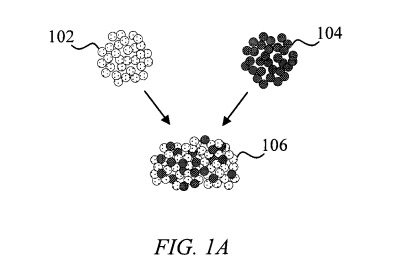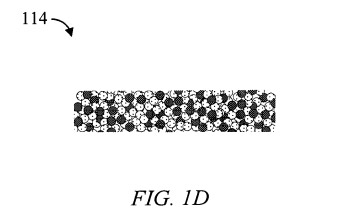
Apple senior vice president of Design Jony Ive is famed for making sure that no detail is too small to gloss over. Thousands upon thousands of hours have been invested into the upcoming Apple Watch and many of those have been spent on the choice of materials alone. When it came time to choose the finishes for the Apple Watch Edition, the most expensive of the three upcoming watch collections, Apple decided that regular 18K gold was not good enough. Ive revealed this week that the company came up with its own type of gold that “twice as hard as standard gold.”
While many will want to attribute such a comment to Ive’s not unusual hyperbole, a patent that Apple filed last year suggests that it did in fact develop its own gold metal matrix composite material to make sure that the Apple Watch Edition was up to the rigours of daily life. Ive explained that the molecules in Apple gold are closer together than normal, making the material more durable.

The patent describes the material, gold metal matrix composite (gMMC), as “a porous preform comprising a plurality of ceramic particles, the porous preform including spaces positioned between the ceramic particles; and a gold matrix comprising a network of gold formed within the spaces of the porous preform, wherein the gold metal matrix composite is characterized as 18 k gold.”

The patent calls out a number of advantages of this new gold composite material. It explains that gMMC is more scratch and corrosion resistant than “a unit volume of gold alloy of the same karatage without ceramic.” Wearers are also likely to appreciate that it is lighter than traditional gold. For its part, Apple also benefits in that gMMC uses less gold while still meeting fixed karatage values.
While Ive may not have been exaggerating about Apple gold, his gift for hyperbole has not disappeared. In the same interview, he explained that the iPhone’s less than stellar battery life is due to how “compelling” Apple managed to design its smartphone. He explains that it is so light and thin that people use it more often than they would a device with a larger battery and therefore heavier.
Sources : USPTO // Ars Technica // Financial Times
